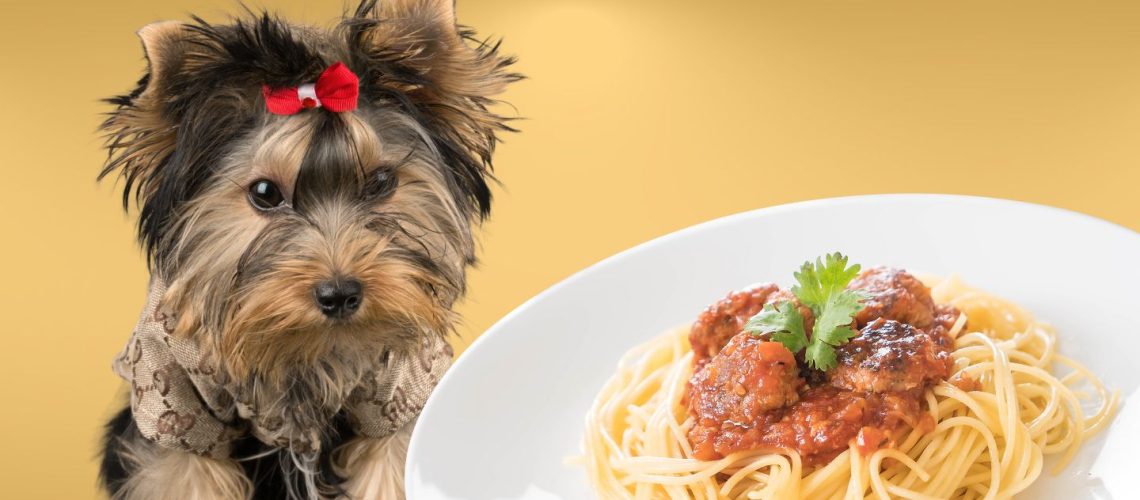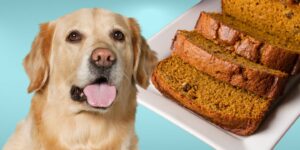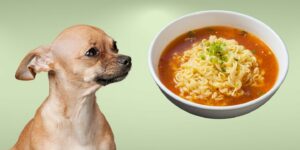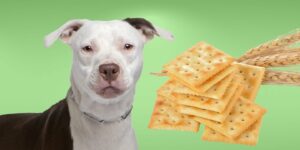Yes, dogs can eat spaghetti, but it should be given in moderation and as an occasional treat, not as a regular part of their diet. While there are no harmful ingredients in spaghetti itself, there are potential risks that dog owners should be aware of before serving this food to their pet. In this article, we'll discuss the nutritional value of spaghetti for dogs, how to serve it safely, potential risks, portion sizes, and alternative treats for your canine companion.
Nutritional value of spaghetti for dogs
Breakdown of nutrients found in spaghetti
Spaghetti is primarily made up of carbohydrates, with a small amount of protein and fiber. While dogs do not have specific carbohydrate requirements like humans, their diets typically consist of proteins, fats, vitamins, and minerals.
Comparing spaghetti to a dog's natural diet
Dogs' ancestral diet versus modern dog food
Dogs' ancestral diet consists mainly of meat and some plant materials. Modern dog food is formulated to meet all of a dog's nutritional needs, with a balance of proteins, fats, vitamins, and minerals.
Why carbohydrates are not typically needed for dogs
Carbohydrates are not an essential nutrient for dogs, meaning they can obtain all the energy and nutrients they require from proteins and fats. However, carbohydrates can provide an additional source of energy and are often included in commercial dog foods.
How to serve spaghetti to dogs
Choosing the right type of spaghetti
Whole wheat vs. white pasta
Whole wheat pasta is higher in fiber and nutrients than white pasta, so it is a better option for dogs if you choose to give them spaghetti. However, it is essential to remember that dogs don't require a high-carb diet, so feeding whole wheat pasta should still be done in moderation.
Gluten-free options for dogs with allergies
For dogs with gluten allergies or sensitivities, gluten-free pasta made from rice, corn, or other alternative grains can be used.
Preparing spaghetti safely for dogs
Cooking methods
Cook the spaghetti according to the package instructions, leaving out any added salts or oils.
Ensuring the pasta is cool enough to eat
Allow the spaghetti to cool down to room temperature before serving it to your dog to prevent any burns or discomfort.
Avoiding harmful additives
Harmful sauces and seasonings
Any sauces, seasonings, or spices typically added to spaghetti, such as garlic, onions, and salt, can be harmful to dogs. Serve the pasta plain to avoid any potential risks.
Safe alternatives for added flavor
If you want to add some flavor, consider adding some cooked and unseasoned vegetables like carrots or peas to the spaghetti, which are safe for dogs to eat.
Potential risks of feeding dogs spaghetti
Digestive upset in dogs
Symptoms of digestive issues in dogs
Introducing spaghetti suddenly to your dog's diet may cause digestive upset, such as diarrhea or vomiting.
How to prevent and handle digestive issues
To minimize these risks, gradually introduce spaghetti and start with small amounts mixed with their regular dog food.
Weight gain and obesity in dogs
The role of carbohydrates in weight gain
Feeding your dog large amounts of spaghetti can contribute to weight gain, as it is high in carbohydrates and calories.
Health risks associated with obesity in dogs
Obesity can lead to numerous health issues, such as diabetes, heart disease, and joint problems.
Maintaining a healthy weight for your dog
Monitor portion sizes, and ensure that your dog maintains a healthy weight with regular exercise and a balanced diet.
Portion size for dogs
Determining the appropriate portion size based on breed, size, and activity level
A good rule of thumb is to only give your dog a few strands of spaghetti at a time or mix it with their regular dog food in small amounts. Adjust the portion size according to your dog's breed, size, and activity level.
Introducing spaghetti gradually into their diet
Start by giving your dog small amounts of spaghetti, gradually increasing the portion size over time to avoid any digestive upset.
Balancing spaghetti with other treats and food
If you choose to give your dog spaghetti, balance it with other, healthier treats and food options to ensure a well-rounded diet.
Alternative treats and meal toppers for dogs
Vegetables and fruits that are safe for dogs
Some dog-safe alternatives include carrots, green beans, and blueberries.
Homemade dog treat recipes
Consider making homemade dog treats using dog-safe ingredients like pumpkin, peanut butter, or chicken.
Store-bought treats and toppers that are nutritious and safe
Choose treats and meal toppers made from whole food ingredients with minimal additives and a focus on nutrition.
Conclusion
In conclusion, while dogs can safely eat spaghetti in moderation, it should not be a regular part of their diet. It is important to monitor portion size and only give it to your dog as an occasional treat. If you have concerns or questions about your dog's diet, consult your veterinarian for personalized advice.











